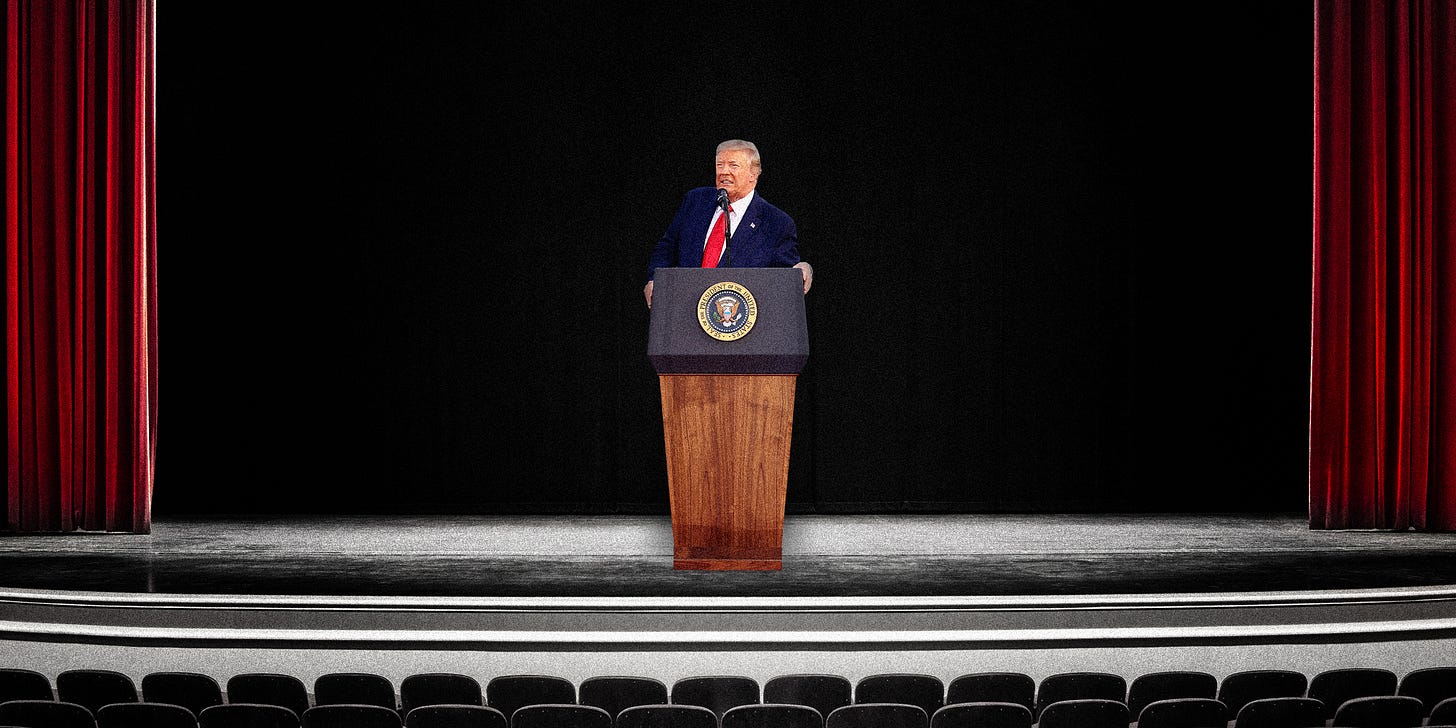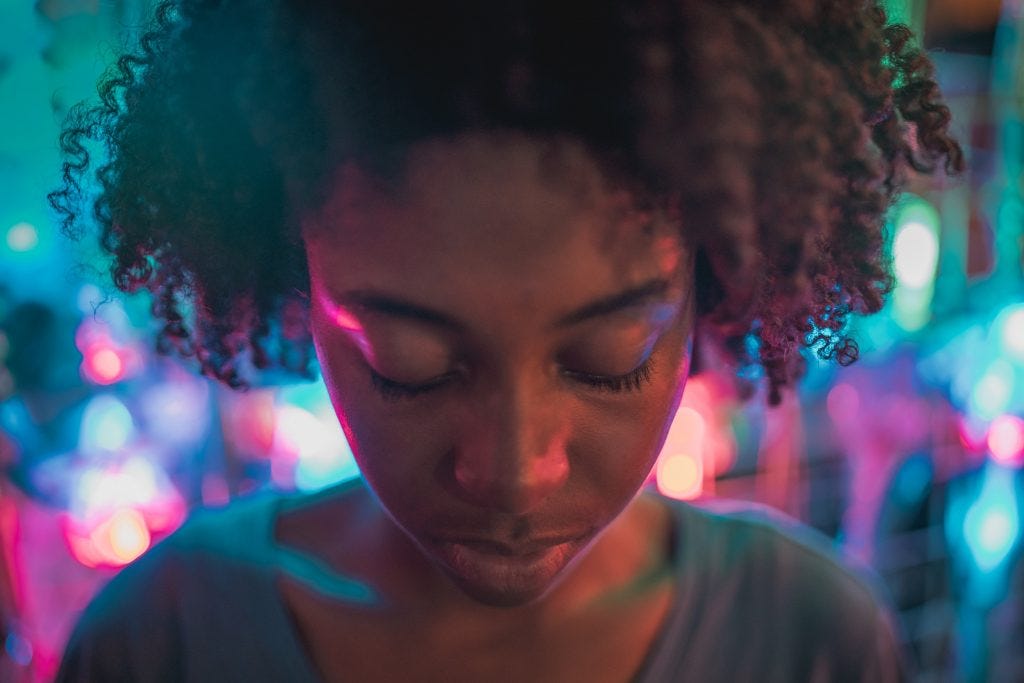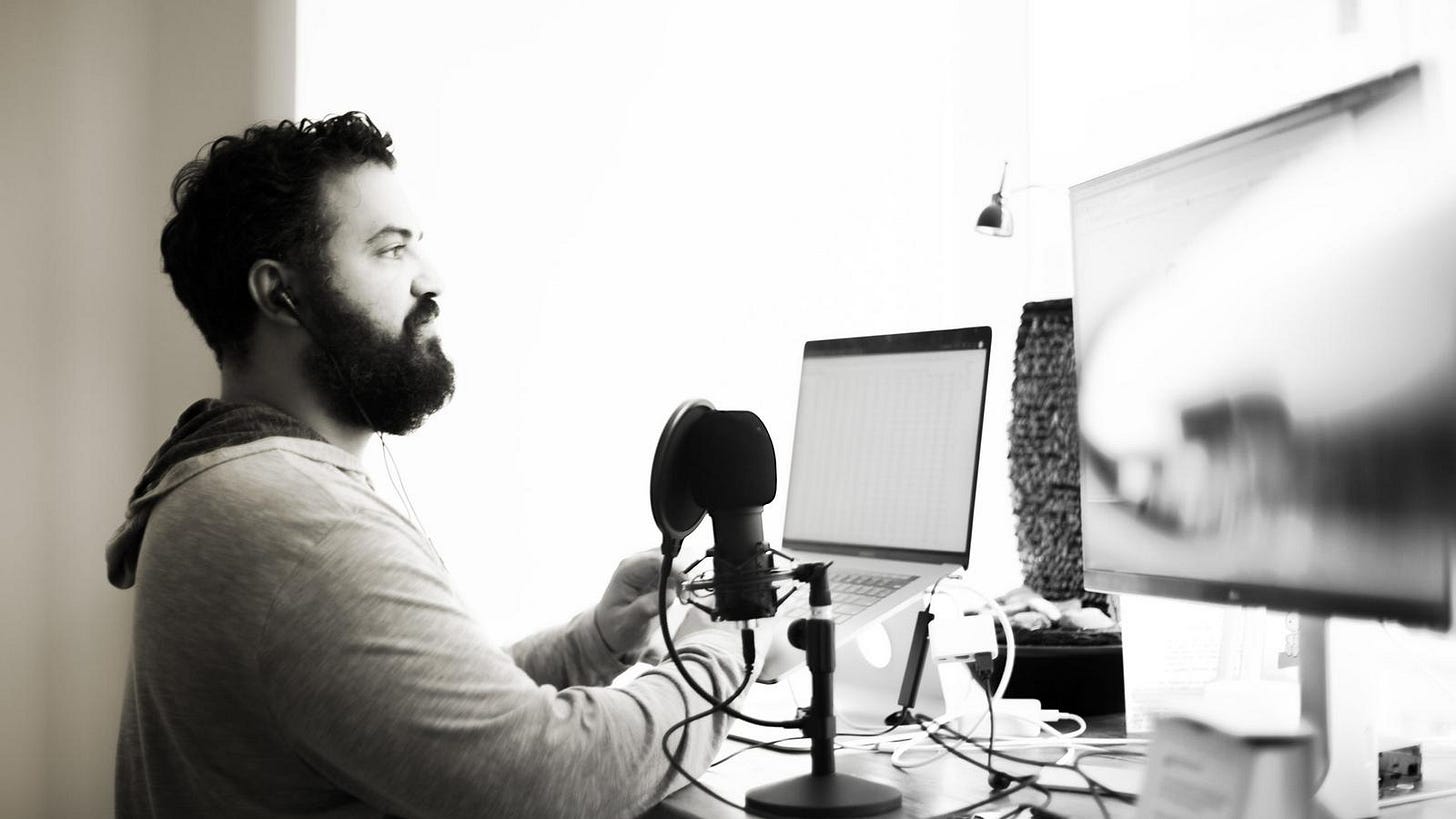
What Trump’s Deplatforming Means for Creators
News Roundup #15: Solutions for creator burnout, Substack announces new features, Cameo reveals 2020 stats, and more
January 12, 2021
Welcome to Issue #15 of the Means of Creation weekly news roundup where we break down the latest news on the passion economy, including the happenings related to platforms, creators, startups, and trends.
Community Hangout with Li & Nathan!
This week we hosted a community hangout and Q&A with Li and Nathan, where they took up some of the questions readers had, touched on some news, and answered questions from past guests!
Find it as a podcast on Apple Podcasts, Spotify, Overcast, Breaker or wherever you listen to podcasts, or as a video on YouTube here. Or subscribe to the Means of Creation YouTube Channel. Now, onto the news.
Trump and Trumpists Deplatformed from the Internet
What Happened?
- As you are probably aware, many social media and other platforms have banned Donald Trump. Here’s the laundry list of companies that have banned Trump for inciting violence and promoting illegal activity: Apple, Reddit, Twitch, Shopify, Twitter, Google, YouTube, Facebook, Instagram, Snapchat, TikTok, Discord, Pinterest, Amazon AWS, Stripe, (and counting).
- After 57K tweets and 12 years, Twitter banned @realDonaldTrump. The AP even wrote an obituary for his Twitter account.
- Apple and Google removed Parler from their respective stores. Amazon’s AWS also announced that it would not provide hosting services to the platform.
- Incidentally, confused users in search of Parler downloaded another app called ‘Parlor’ by mistake and pushed it to the top of the App Store and Play Store.
👧 Li:
- This is cancel culture to the fullest extent. If we call Trump a content creator, which he was — he just got deplatformed. He had been a big driver of Twitter’s success, and they have just taken away his ability to reach his 88m followers.
- His only channels now are telephone, email, maybe his own website. This should concern content creators.
- As creators, we feel like we are building something that’s ours, but we have to remember that the audience built on these platforms isn’t built on solid ground.
- This also shows how a small handful of platforms really control our ability to reach a significant audience on the internet. Facebook, Twitter, TikTok, Reddit, Instagram, Google, Snapchat, Discord, Pinterest — that’s only 9 platforms that control almost all the content distribution.
👦 Nathan:
- Funny thing about the “He’s not prevented from communicating, he could set up his own website” argument is that it ignores the distinctions between content norms on different platforms. For example: it would be absurd if he issued his tweets as White House press releases.
- When platforms take away the networks they enable, they really might be irreplaceable because each one of them is so distinct.
- I guess he could set up his own Wordpress that mimics Twitter, but it feels shameful to create his own small website.
👧 Li:
- This illustrates how important it is for creators to invest in their own channels: mailing lists, SMS, etc.
👦 Nathan:
- I agree, but I also think this is an exceptional circumstance. Content creators need not be overly worried. If you’re trying to violently overturn the results of a legitimate election, maybe; but most of us aren’t.
👧 Li:
- No one worries about this when they are liked, but what happens when you aren’t? There have been quite a few platforms that have deplatformed people, or even countries who have deplatformed platforms.
👦 Nathan:
- I think that as a society, it's really important for us to have mechanisms to deplatform people. Not because of ideological differences, but because there might be an imminent societal threat. Like the ‘shouting fire in a crowded theater’ test.
- It’s much better if we handle deplatfromings through the judicial system rather than the arbitrary whims of tech executives.
Hunter Walk’s Fix for Creator Burnout
What Happened?
- Hunter Walk, investor at Homebrew and former YouTube executive, recently published a piece tackling creator burnout.
- Hunter offered three solutions: predefined ‘seasons’ that give creators time for rest and recovery, algorithmic restrictions that limit publishing velocity, and paid time off.
👧 Li:
- I think these are interesting suggestions, but don’t address why creators burn out in the first place.
- It’s the creators who decide that they want to make content all the time. I feel it’s because of the fear of losing their followers or becoming irrelevant that they don’t feel as if they can take breaks.
- Also because the platforms themselves are extremely addictive — recently I've been posting on TikTok and I can’t stop checking how many likes I get every minute. It’s like that Hype Simulator, but real.
👦 Nathan:
- Yeah, these solutions definitely won’t solve the slot-machine aspects that incentivize content creation on these platforms.
👧 Li:
- I agree. There is a built-in reward to creating content through social validation. Limiting publishing velocity might even be worse for creators who are deprived of that feedback-loop.
👦 Nathan:
- It reminds me of games that lock you out for a while and send you a push notification allowing you to play again, creating a similar reward based feedback-loop.
👧 Li:
- Also, seasons are more common in podcasting and newsletters, but may not work on social platforms because the attention span driving them is significantly shorter. Ben Thompson is known to take occasional vacations. If he doesn’t publish for a week, it’s unlikely that readers will churn.
- One solution that Hunter doesn’t talk about is creators’ mental health. It's important to decouple your sense of self-worth from your success. Talking to a therapist, meditation, breathing exercises and so on may help with this.
👦 Nathan:
- Agree. Anyone who has the drive to create things almost always needs therapy to deal with their own self. Myself included.
👧 Li:
- The mental health challenges of being a creator are very similar to those faced by founders. If you tie your own self-worth to your success as a founder or creator, you feel the negative repercussions when things don’t go well. There is no line separating your personal and professional identities.
👦 Nathan:
- One solution to creator burnout that I have to plug is the bundle. Here at Every, can do seasons, offer paid time off, and have a community of people who act as a support system.
👧 Li:
- It definitely does help. For example: instead of focusing on the end to end production of this newsletter, I can just focus on the parts I like.
- Part of creator burnout is that you feel responsible for everything. There are benefits to having coworkers and a diffusion of responsibility. If things fail, it’s on us as a team instead of just me.
Substack Announces Customization Features
What Happened?
- Substack recently launched “Themes”, letting writers design customizable backgrounds, fonts, and accent colors for their newsletters.
- The company also announced two more features to be rolled out in February at the Substack On conference: the ability to create sub-lists of subscribers enabling categorized publishing, as well as a tool that enables bundling of multiple newsletters and podcasts under one publication.
👧 Li:
- Omg no way, this is big! I’m so happy to see this because I was quite frustrated with all newsletters looking the same. I’m also hoping that they improve SEO soon.
👦 Nathan:
- Speaking of — I followed up on our discussion last week:
- It’s one thing to offer custom fonts and colors, but it’ll be interesting to see if they offer full templates similar to Squarespace or Tumblr back in the day. I think that will make a big difference.
- Twitter, for example, has a few customization options (like changing profile page colors) but nothing substantial. It still feels like a profile on Twitter, rather than your own thing.
- If Substack wants people to feel like they own their publication, a few customization options are an incremental step in that direction, without changing their target audience. But if you are someone who wants full customization, Substack isn’t there yet.
👧 Li:
- I also wonder how these updates show up in the Substack Reader. Right now they just link to the post, but I could see them changing it to be more native.
Cameo Powered Transactions worth $100 million in 2020
What Happened?
- Cameo, a platform that lets fans pay for personalized video shoutouts from celebrities, recently revealed key stats from 2020.
- The platform sold 1.3 million videos facilitating transactions worth $100 million (the company has a 25% take-rate).
- Out of the 10,000 celebrities who joined the platform in 2020, 150 earned more than $100,000.
👦 Nathan:
- It’s interesting that Cameo can charge a much higher take rate than Patreon, Substack, and even OnlyFans. This is because Cameo drives discovery. It underscores the point that whoever drives discovery gets to capture the value.
👧 Li:
- It’s also different because Cameo focuses on the long tail. When you do that, the platform can take more. In contrast, a large publication being onboarded by Substack might push back on the 10% take rate.
Passion Economy Stack hits #2 on Product Hunt
What Happened?
- Passion Economy Stack, a compilation of more than 130 writers, companies, newsletters, articles and other resources related to the passion economy was recently launched on Product Hunt.
- The stack also includes recommendations from our very own Li Jin.
👧 Li:
- This is awesome!
👦 Nathan:
- I agree!
ICYMI
Politico Alumni Go Independent (Link)
China’s New Food Waste Law Could Fine Mukbang Creators $15,000 (Link)
Marie Dollé published a piece on the rise of eCommerce product curators (Link)
Gaming and Interactive Media Industry Generated $139.9 Billion in 2020 (Link)
Passion Economy Financings
- Hipcamp, a platform that connects campers with hosting landowners, raised a $57 million Series C funding round led by Index Ventures and Bond Capital. The investment currently values the company at more than $300 million.
- Roblox, a platform that enables a metaverse of user-generated games raised$520 million ahead of a planned direct listing. The current round values the company at $29.5 billion, an extraordinary growth from its valuation of $4 billion last February.
Find Out What
Comes Next in Tech.
Start your free trial.
New ideas to help you build the future—in your inbox, every day. Trusted by over 75,000 readers.
SubscribeAlready have an account? Sign in
What's included?
-
Unlimited access to our daily essays by Dan Shipper, Evan Armstrong, and a roster of the best tech writers on the internet
-
Full access to an archive of hundreds of in-depth articles
-
-
Priority access and subscriber-only discounts to courses, events, and more
-
Ad-free experience
-
Access to our Discord community









Comments
Don't have an account? Sign up!